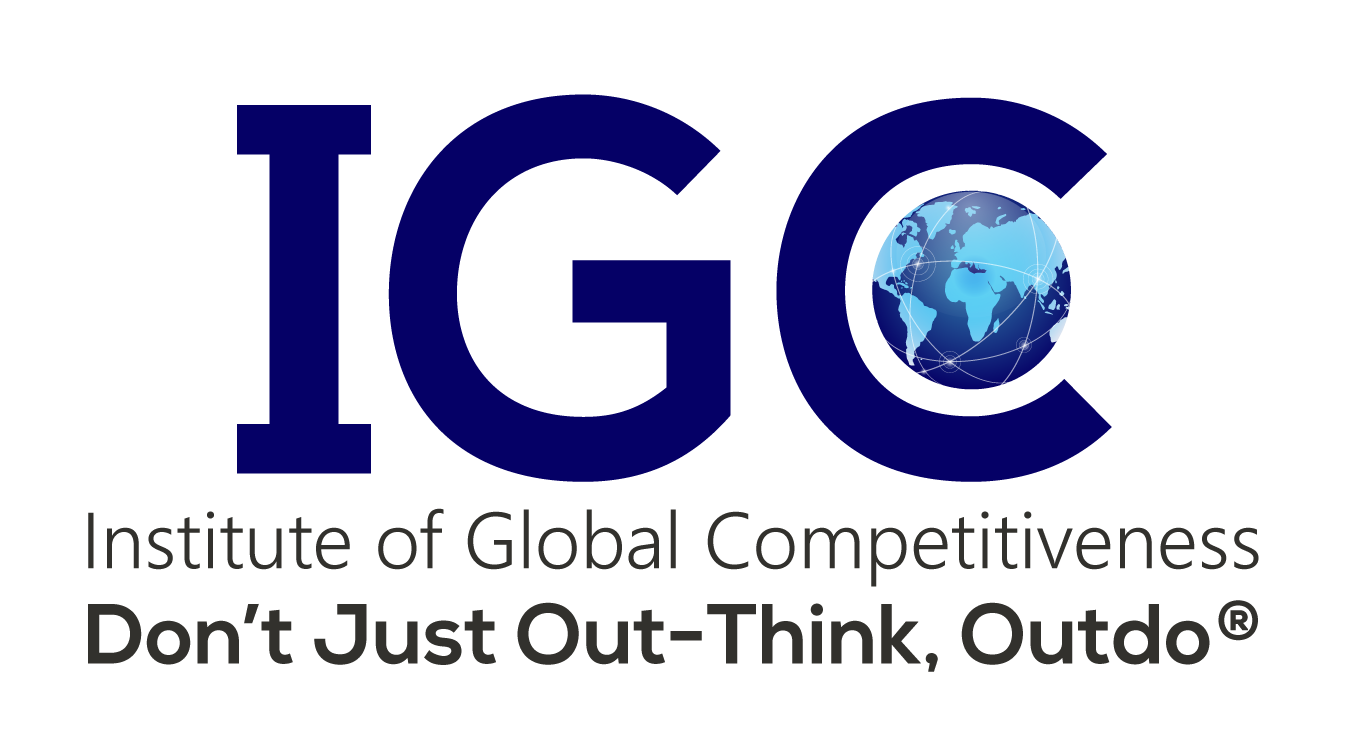


NEW YORK — What do Nortel Networks (NT), Ericsson (ERICY) and Kmart (KMRT) have in common?
All were once dominant industry players — bad-boy rule-breakers that built up profits and market share at a blistering clip until complacency and stagnation set in.
It took 15 years and more than $10 million. But Jay Desai, a former top aide to GE (GE) legend Jack Welsh, thinks he has solved the puzzle of how world-beating companies such as Procter & Gamble, Wal-Mart (WMT), Dell (DELL), Starbucks (SBUX) and eBay (EBAY) manage to get on top and stay there. In his pithy phrase: continuous reinvention.
“The concept is like playing non-stop games of chess and soccer simultaneously,” says Desai, head of the Cary, N.C.-based Institute of Global Competitiveness. “Companies must plan and implement a series of game-changing moves as in chess — all executed with the agility and endurance of soccer.”
It might sound exhausting, but top executives who have tried to combine their best Bobby Fischer and Pelé moves swear by it. “It takes foresight, planning and courage,” says Everett Stoub, who brought Desai in to help resuscitate Siemens’ medical unit several years ago. “But continuous reinvention allows you to keep your competitors off balance.”
Desai’s focus is on explosive growth. Launching the Institute of Global Competitiveness, the 56-year-old India native has assembled 60 full-time and part-time consultants with a mission to find new products that will revolutionize companies and industries.
“Most companies are so preoccupied with the literally hundreds of team projects characteristic of Six Sigma and other incremental improvements, they have little time for other higher-impact, more sweeping initiatives,” Desai says. Winners in the global marketplace will be “built-to-reinvent” companies such as Dell and Wal-Mart, who continuously develop, select and execute game-changing ideas. Not all companies fit the bill, often because strong-willed CEOs resist change.
In 1999, Desai was set to work with Nortel. The Canadian telecom equipment maker was growing at warp speed until troublesome acquisitions and the dot-com meltdown nearly led to bankruptcy. “They were proposed to be a full business reinvention client, but for a variety of reasons, were not ready,” recalls Gary Laube, a Desai consultant. “Looking back at it, maybe they should have been.”
Swiss engineering firm ABB was a different story. Facing stiff competition in the mid-’90s in its high-voltage switch gear business, Desai was brought in and soon triggered companywide changes.
“Jay looks at market demand, where the market is going to be,” says Steven Hegyi, group vice president of quality. “He is the catalyst for a new way of thinking.”
The tough part is not backsliding. “Complacency often rules until the death rattle,” Stoub says